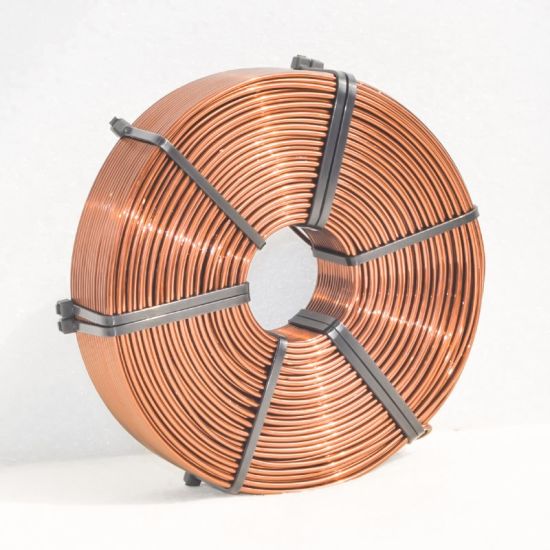Copper Tube Cooling Towers:
Copper Tube cooling towers which have been made using a high quality of raw materials which have been procured from reliable vendors in the market. Copper tube cooling products offer a high performance to the customers and they have a very robust make. Copper tube cooling products have been priced at very reasonable rates in the market.
Copper tube cooling towers operate in a manner similar to open cooling towers, except that the heat load to be rejected is transferred from the process fluid (the fluid being cooled) to the ambient air through a heat exchange coil. The coil serves to isolate the process fluid from the outside air, keeping it clean and contaminate free in a closed loop. This creates two separate fluid circuits: (1) an external circuit, in which spray water circulates over the coil and mixes with the outside air, and (2) an internal circuit, in which the process fluid circulates inside the coil. During operation, heat is transferred from the internal circuit, through the coil to the spray water, and then to the atmosphere as a portion of the water evaporates.
Image:

Specifications:
- Small Closed Cooling Tower
- Japan Copper Tube
- Easy Cleaning Design.
- Strong structure and top original material
- Low water use
Features:
- Durable
- Sturdy
- Reliable performance
- Low maintenance
- Industry proven design.
Advantages:
- Good corrosion resistance.
- Excellent mechanical properties.
- Low-pressure loss.
- Comparatively light in weight.
- No heavy equipment needed for installation.
- Easy to handle.
- Sturdy shape, pleasant to the eye when exposed.
- Joints are compact.
- Unaffected by concrete or U.V. radiation.
- Impervious to harmful chemical.
- Cost effective.
- Easily & rapidly assembled.
- Proven system with long history of reliability.
- Recyclable & have resale value.
Applications:
- Water Cooling
- Oil Cooling
- Refrigeration Gas (Ammonia, Freon etc.)
- Cooling
- Chilling Application.

